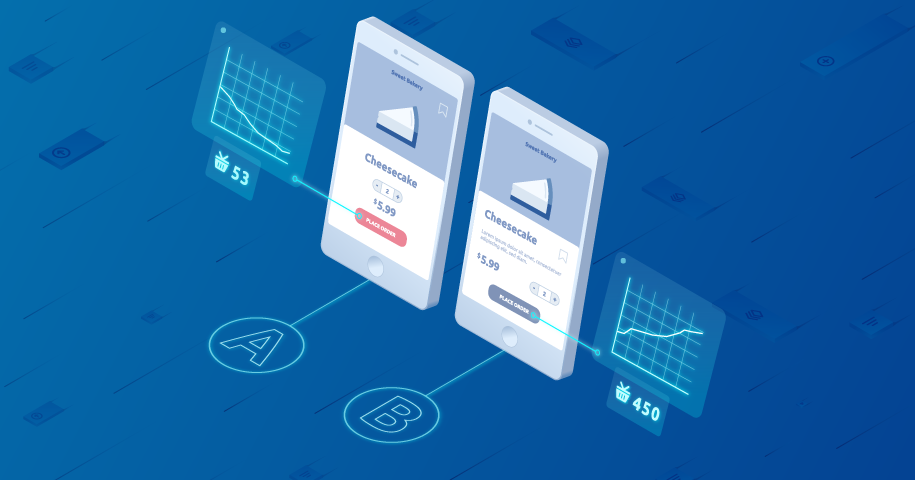The global digital optimization landscape is being propelled forward by a diverse and innovative group of A/B Testing Software Market Companies. This market is not a monolith but is comprised of several distinct categories of players, each approaching the core challenge of experimentation from a different strategic angle. The first and most established category consists of the pure-play experimentation and conversion rate optimization (CRO) platforms. Companies like Optimizely, VWO (Visual Website Optimizer), and AB Tasty have long been the standard-bearers, providing powerful, user-friendly visual editors that allow marketers and product managers to create and launch A/B tests, split tests, and multivariate tests on websites and mobile apps with minimal coding. Their platforms are built around the marketing user, offering intuitive interfaces, robust goal tracking, and detailed reporting dashboards designed to help businesses incrementally improve their conversion funnels. Their focus has traditionally been on client-side testing, where variations are rendered directly in the user's browser, making it a fast and accessible way to start an experimentation program. These companies have effectively educated the market on the value of data-driven decision-making and have built extensive ecosystems of CRO agencies and certified professionals around their tools.
A second, and increasingly dominant, category of players are the large, integrated marketing and analytics suite vendors. Adobe, with its Adobe Target platform, is a prime example. Adobe's strategy is to offer A/B testing as a deeply integrated component of its broader Adobe Experience Cloud. This allows for unparalleled synergy with its other products, such as Adobe Analytics for deep-dive analysis and Adobe Audience Manager for sophisticated audience segmentation and targeting. For large enterprises already heavily invested in the Adobe ecosystem, using Adobe Target is a natural and powerful choice, as it provides a single, unified view of the customer and enables personalization at a massive scale. Google also played in this space with its free and accessible Google Optimize, which, despite its recent sunsetting, played a monumental role in democratizing A/B testing for millions of small and medium-sized businesses by integrating directly with Google Analytics. The competitive advantage of these suite vendors lies in their massive enterprise footprint, their ability to bundle testing with other essential marketing tools, and the promise of a single, integrated data platform.
The most disruptive force in the modern A/B testing market comes from a third category: the developer-centric feature management and server-side experimentation platforms. Companies like LaunchDarkly and Split.io have emerged from a different tradition, focusing not on marketers but on software engineering and product development teams. Their platforms are built around the concept of "feature flags," which allow developers to turn new features on or off for specific user segments without deploying new code. This capability naturally extends to A/B testing, enabling robust, server-side experiments that can test deeper, more complex changes to a product's functionality, pricing models, or algorithms. Unlike client-side testing, server-side tests are flicker-free, more secure, and can be run across any platform, including IoT devices and backend systems. This developer-first approach is capturing a massive share of the market as companies mature their experimentation programs and recognize that the most impactful tests often need to be run at the code level, not just the presentation layer. The A/B Testing Software Market size is projected to grow to USD 40.28 Billion by 2035, exhibiting a CAGR of 15.65% during the forecast period 2025-2035.
Top Trending Reports -






